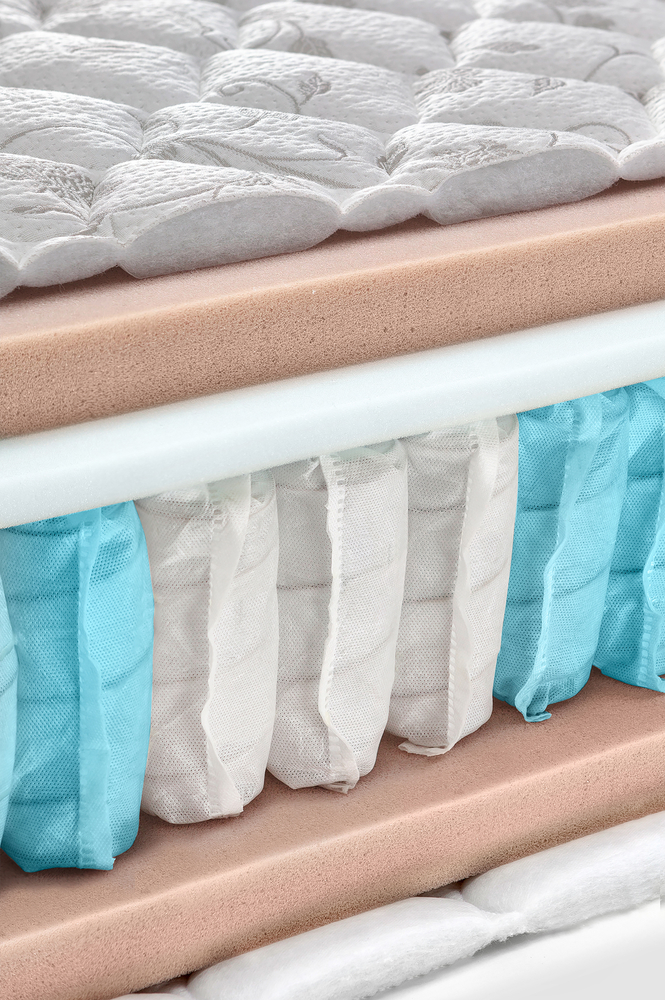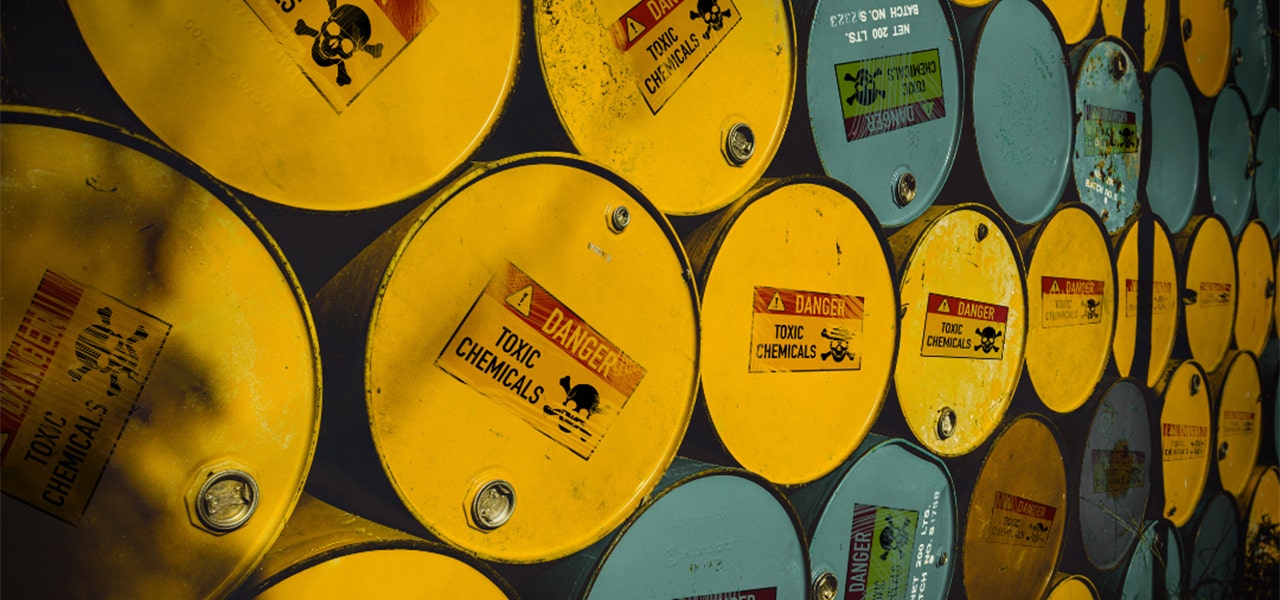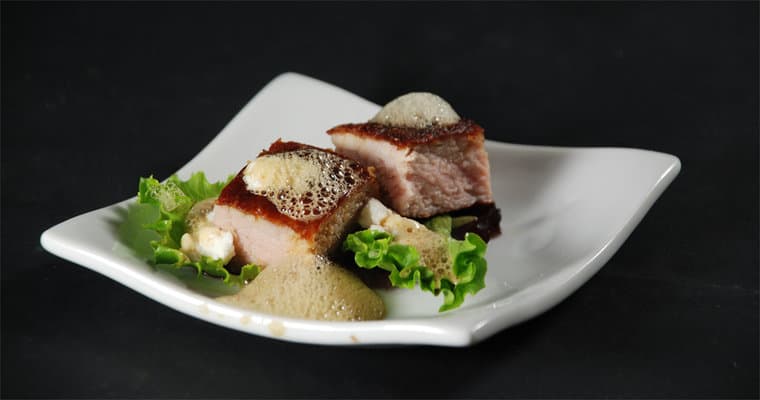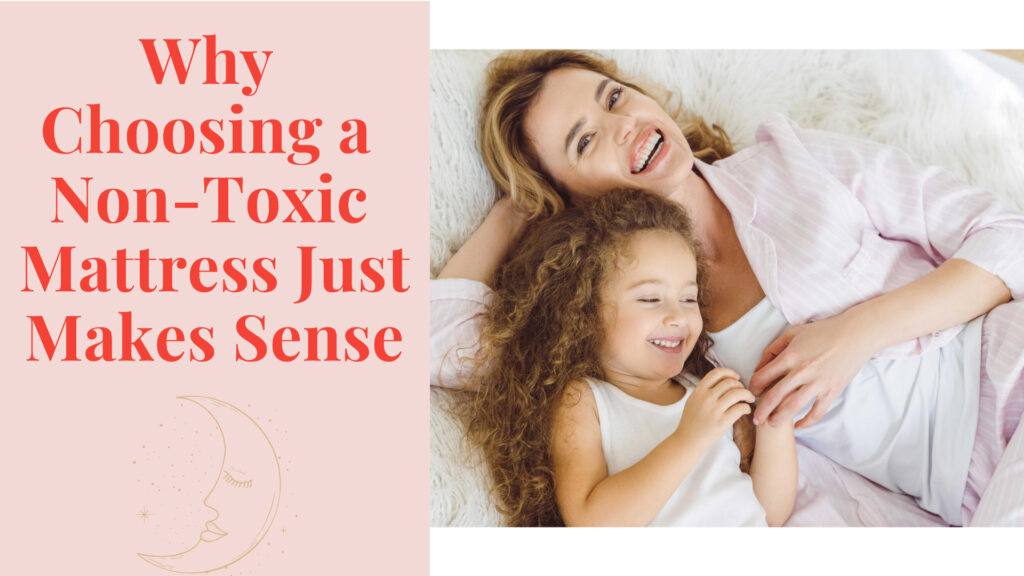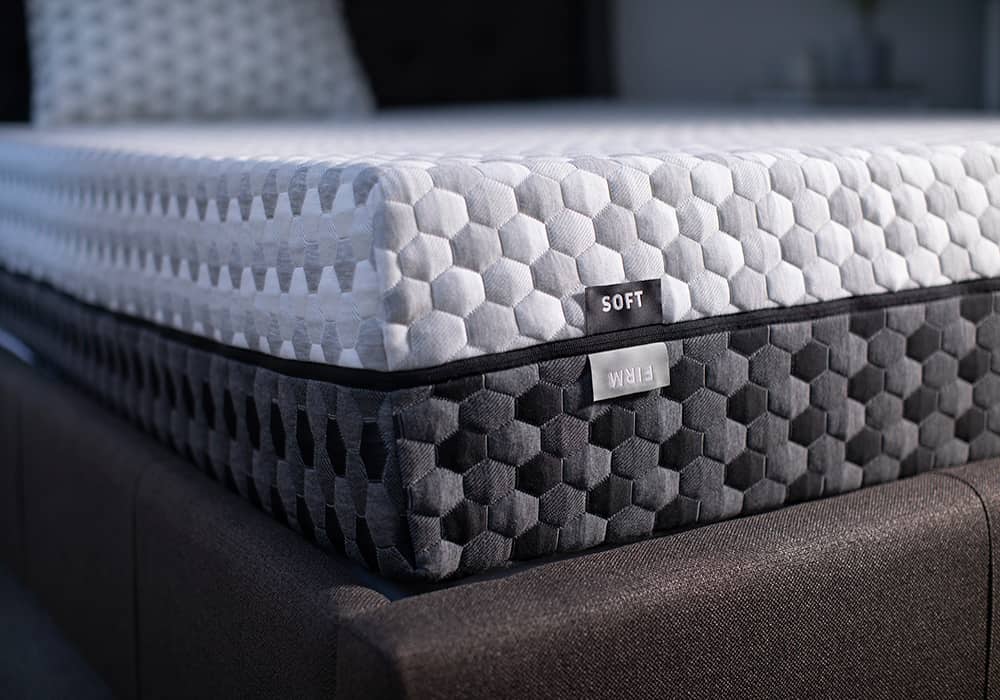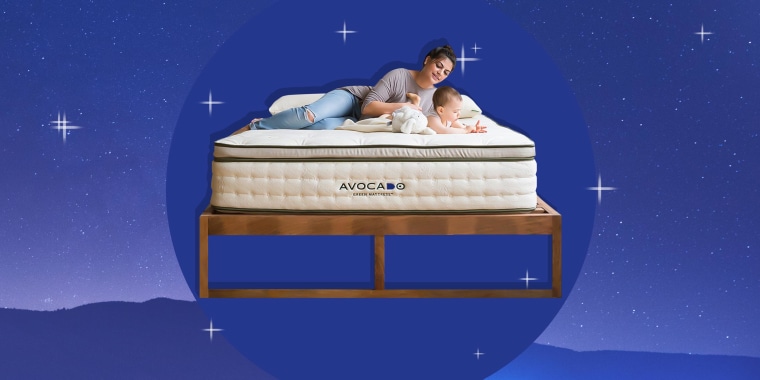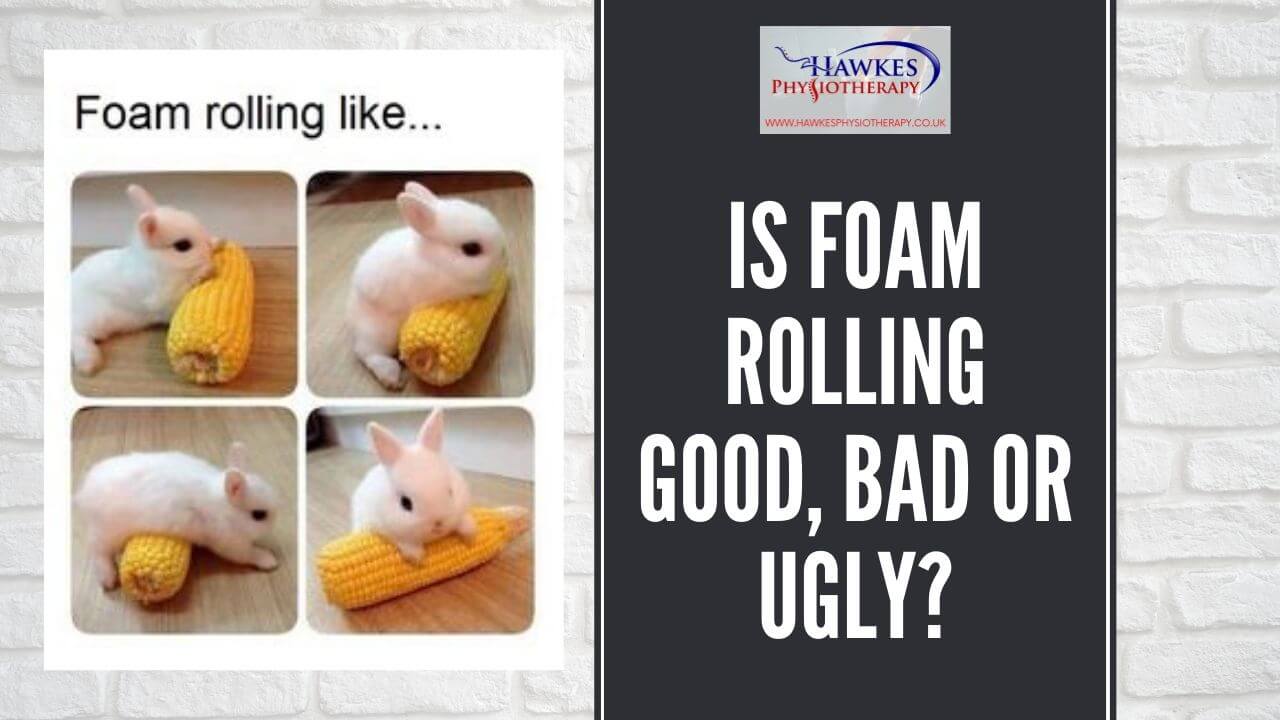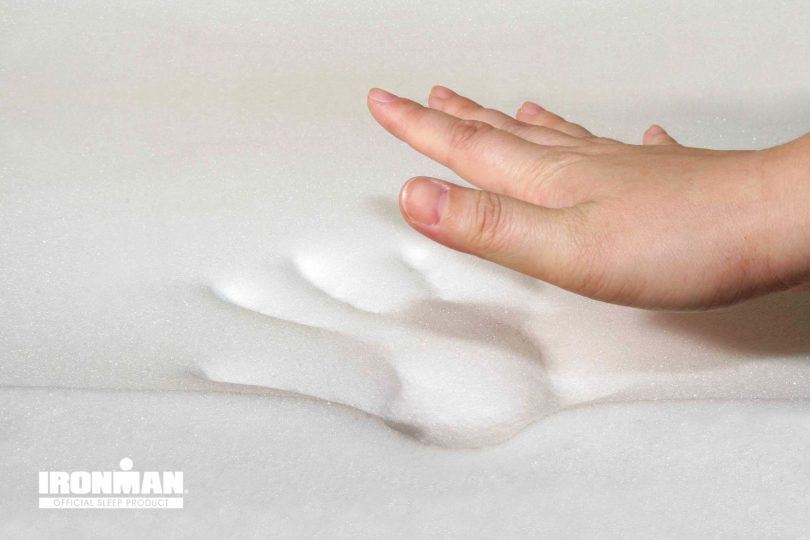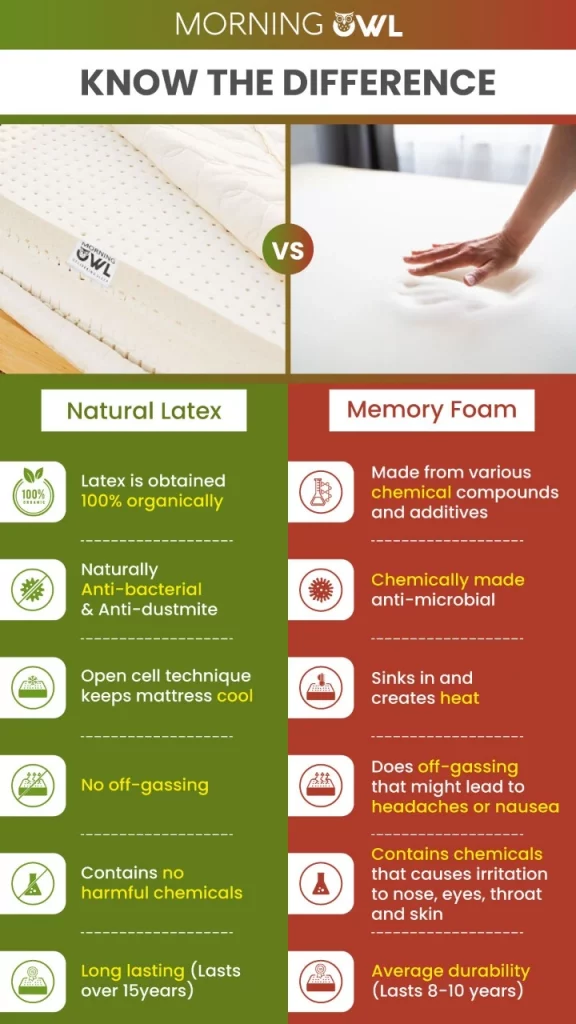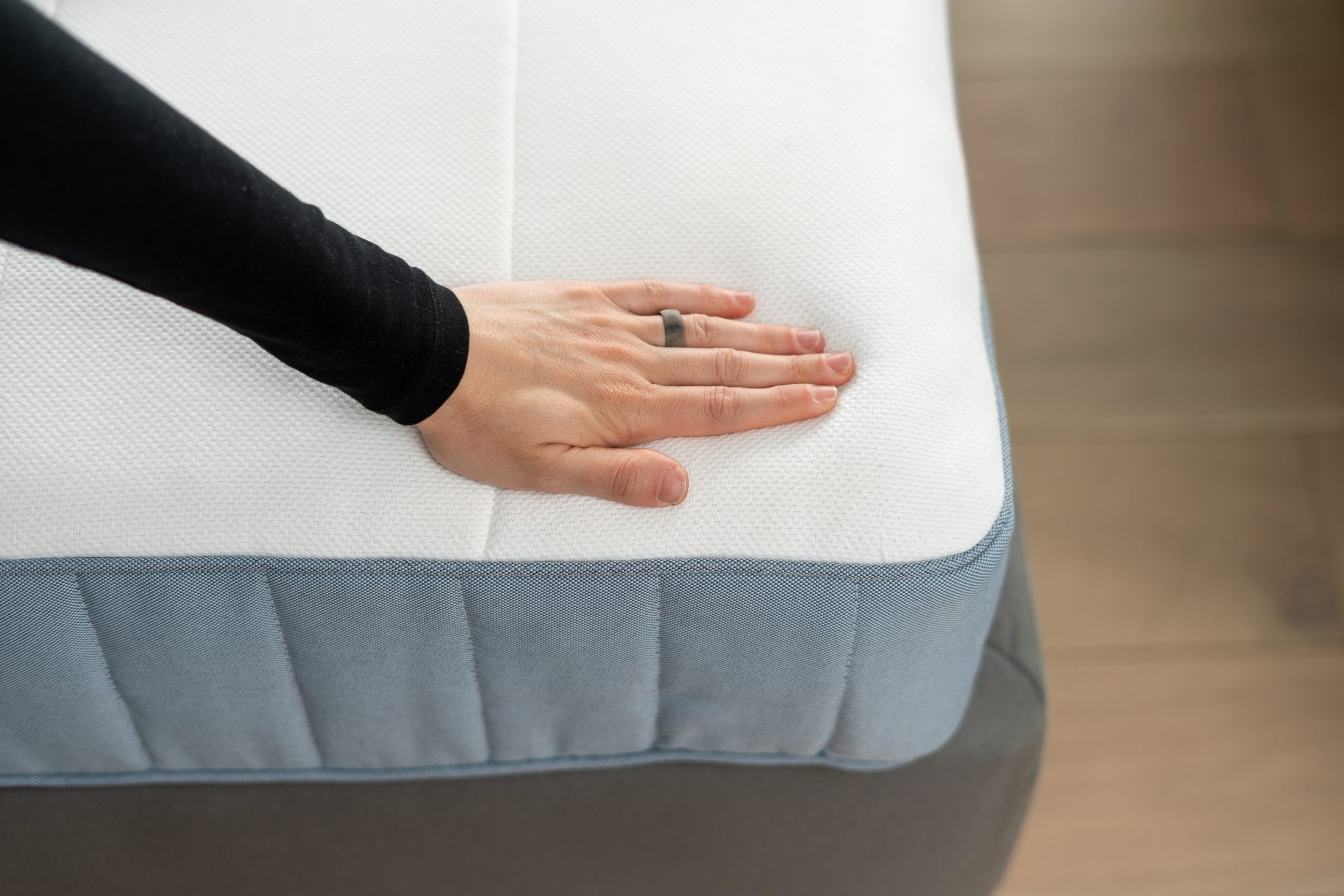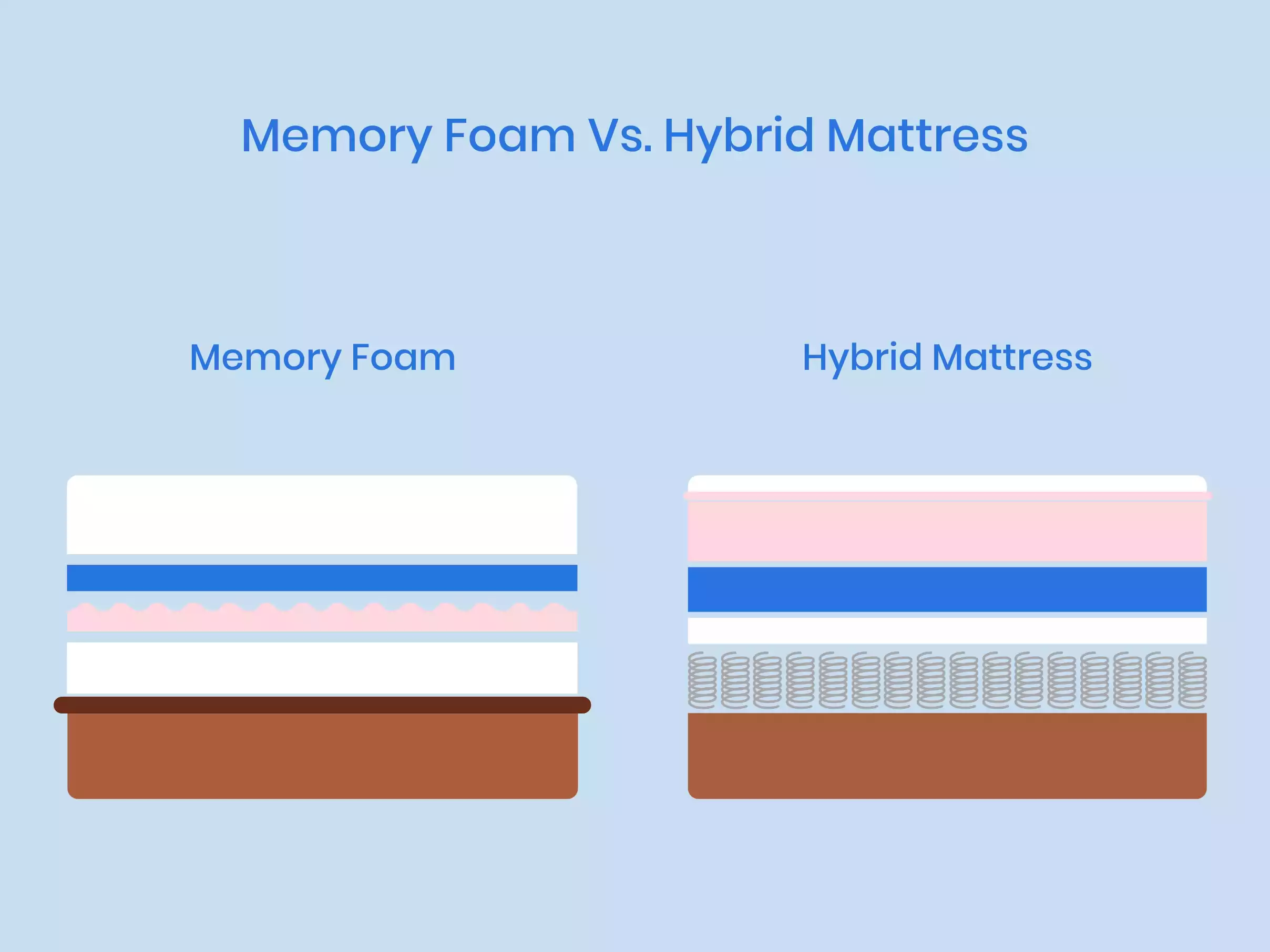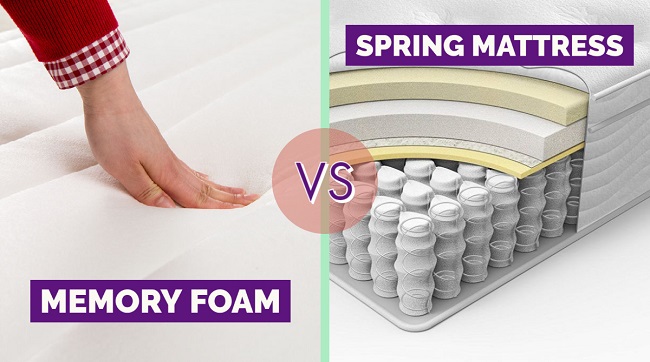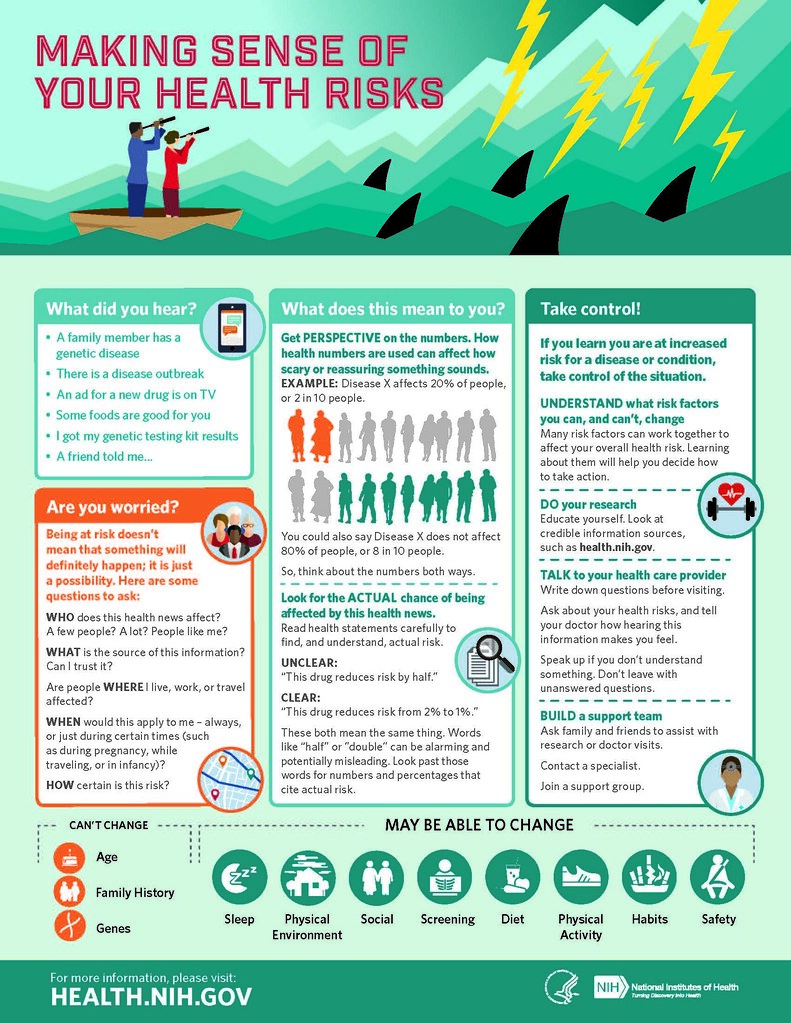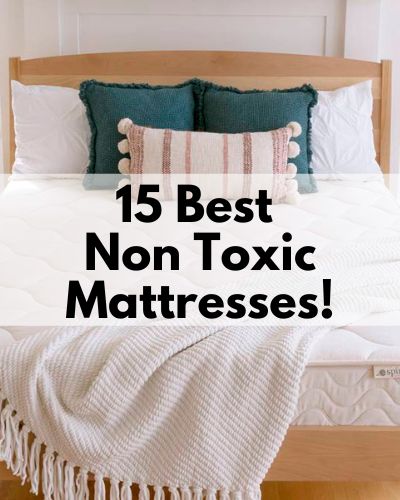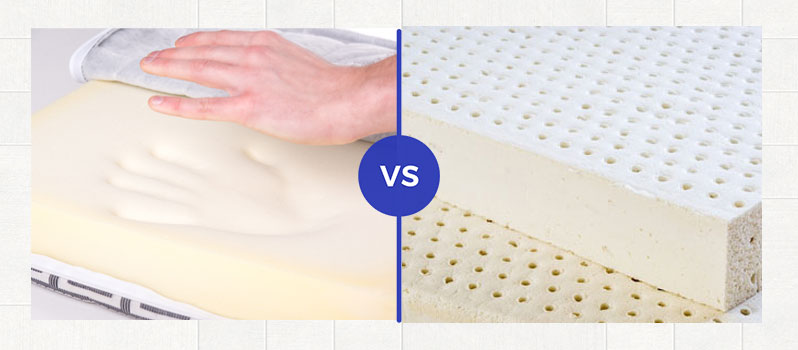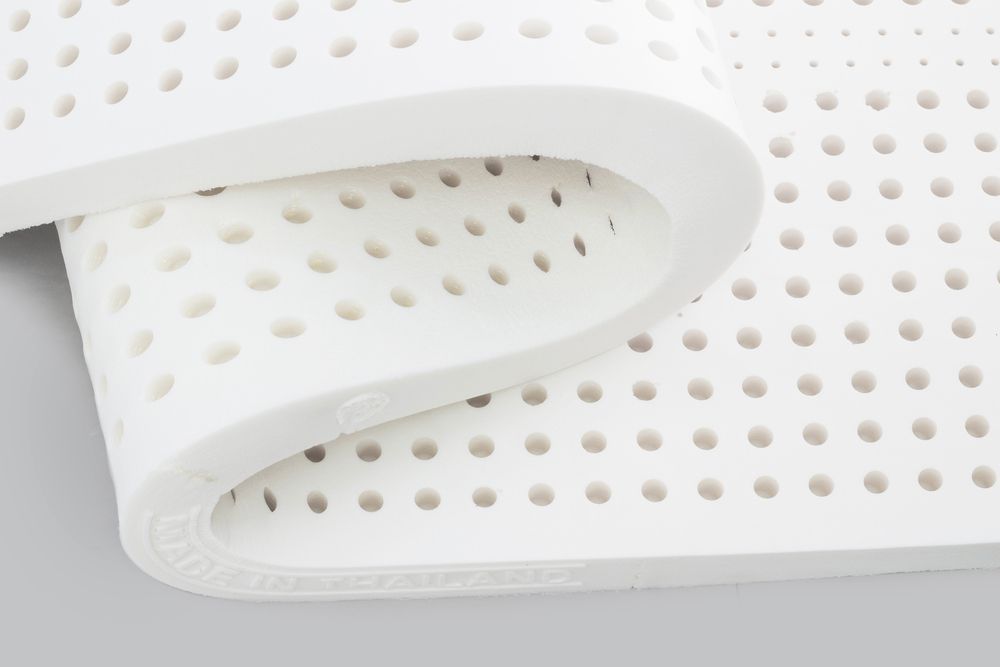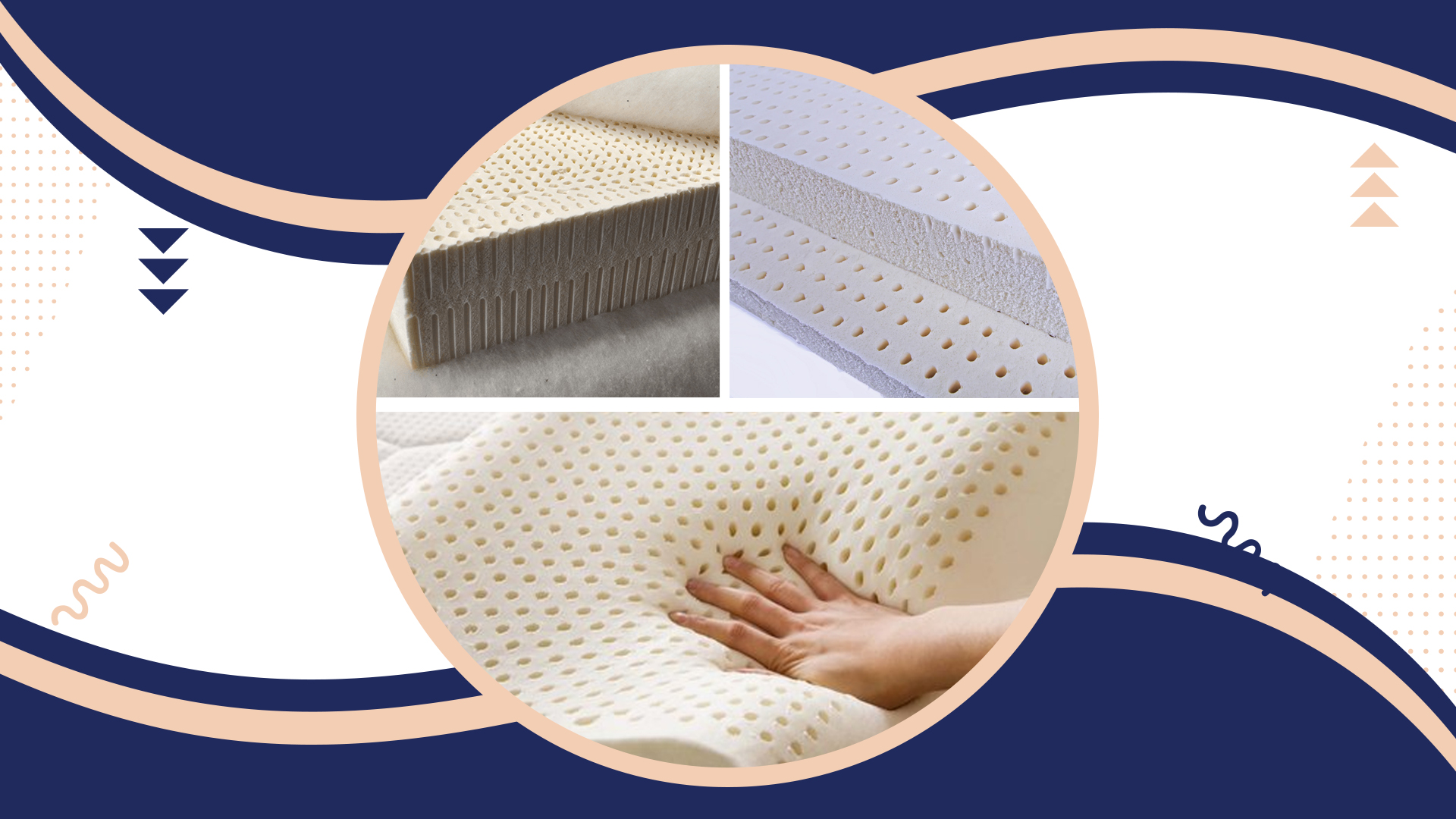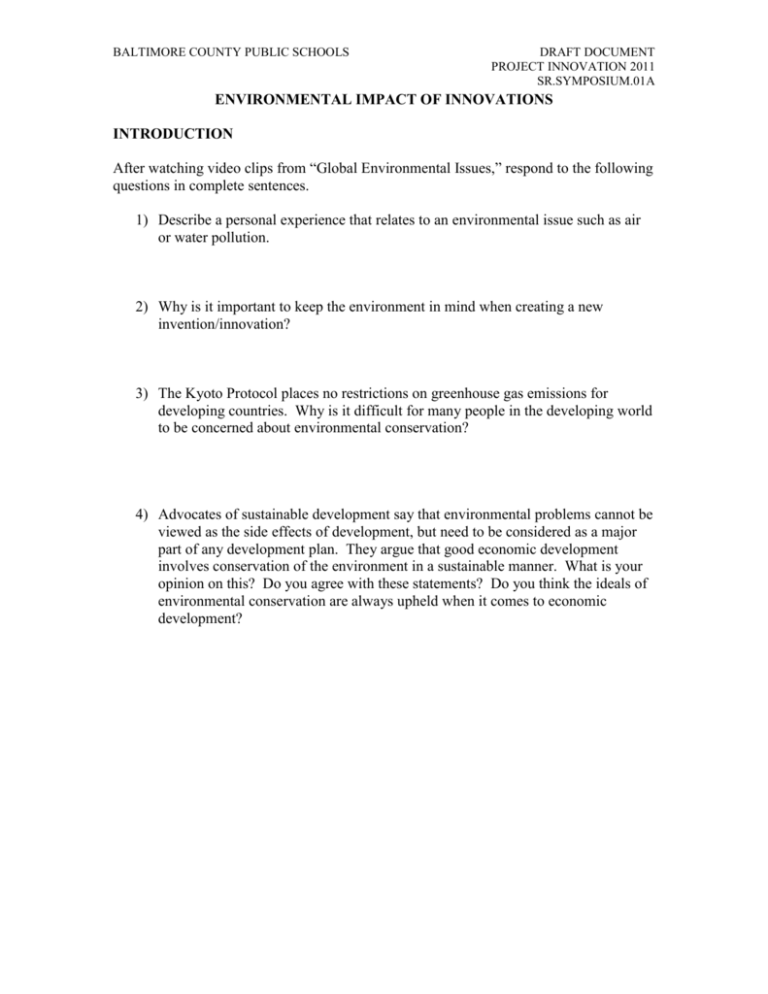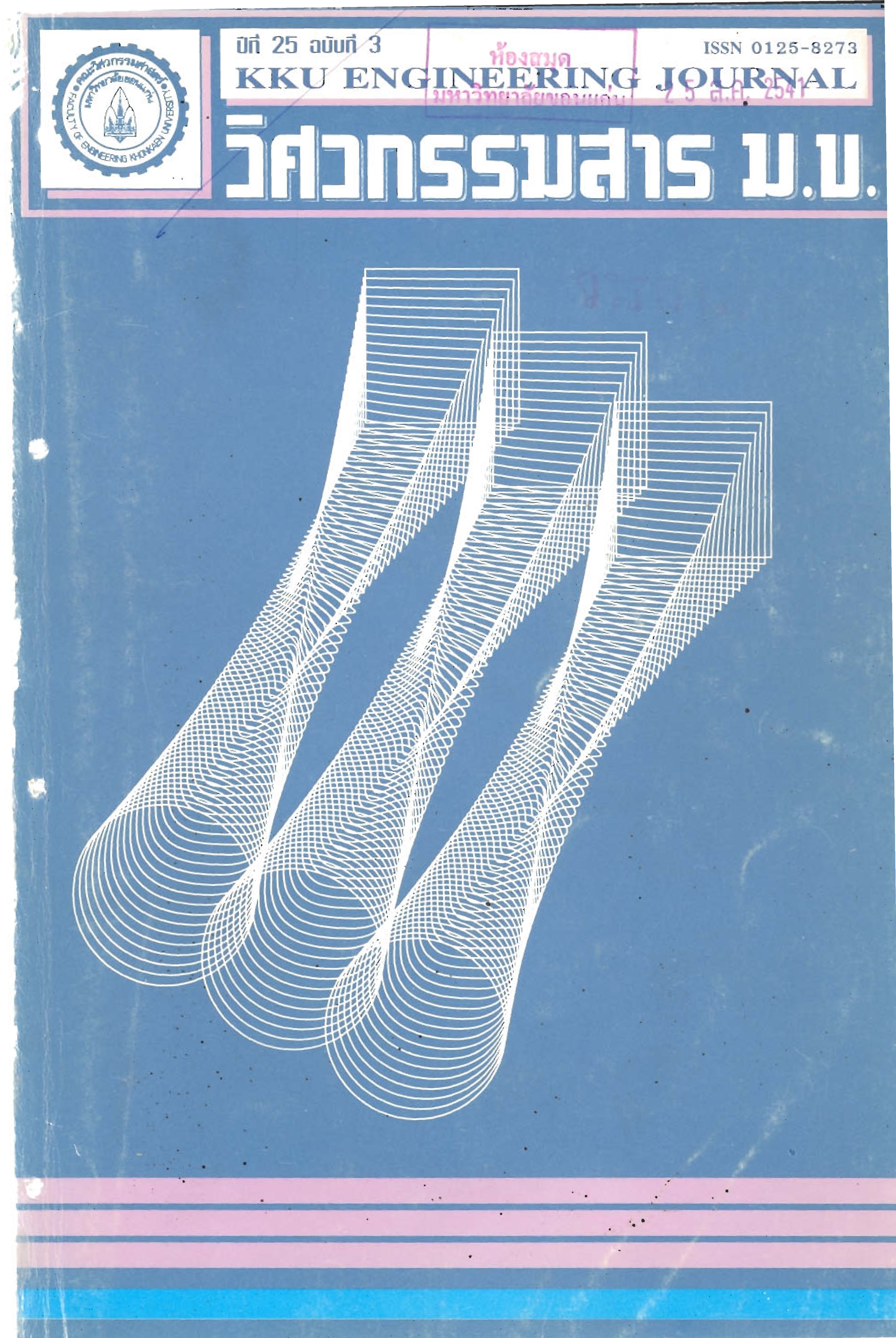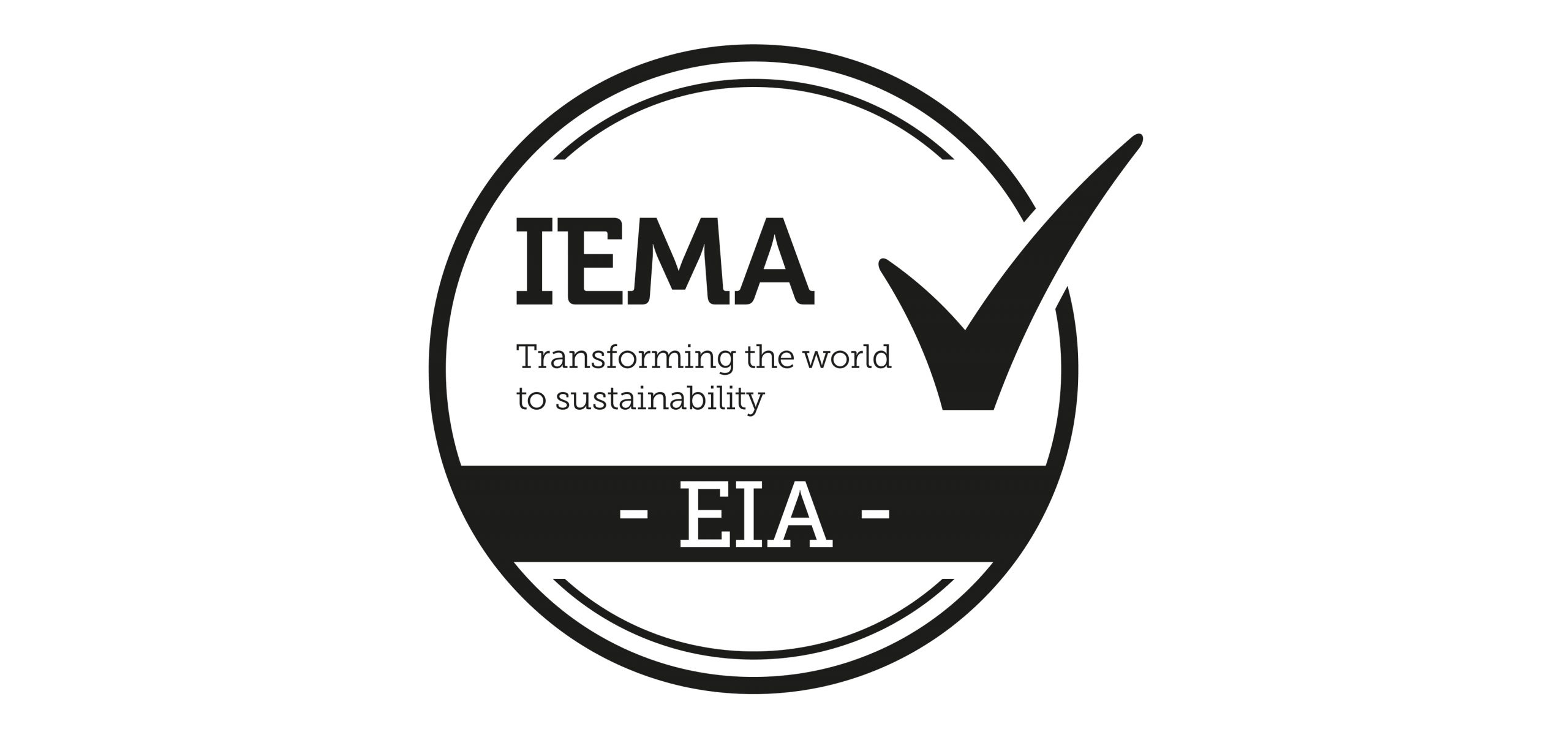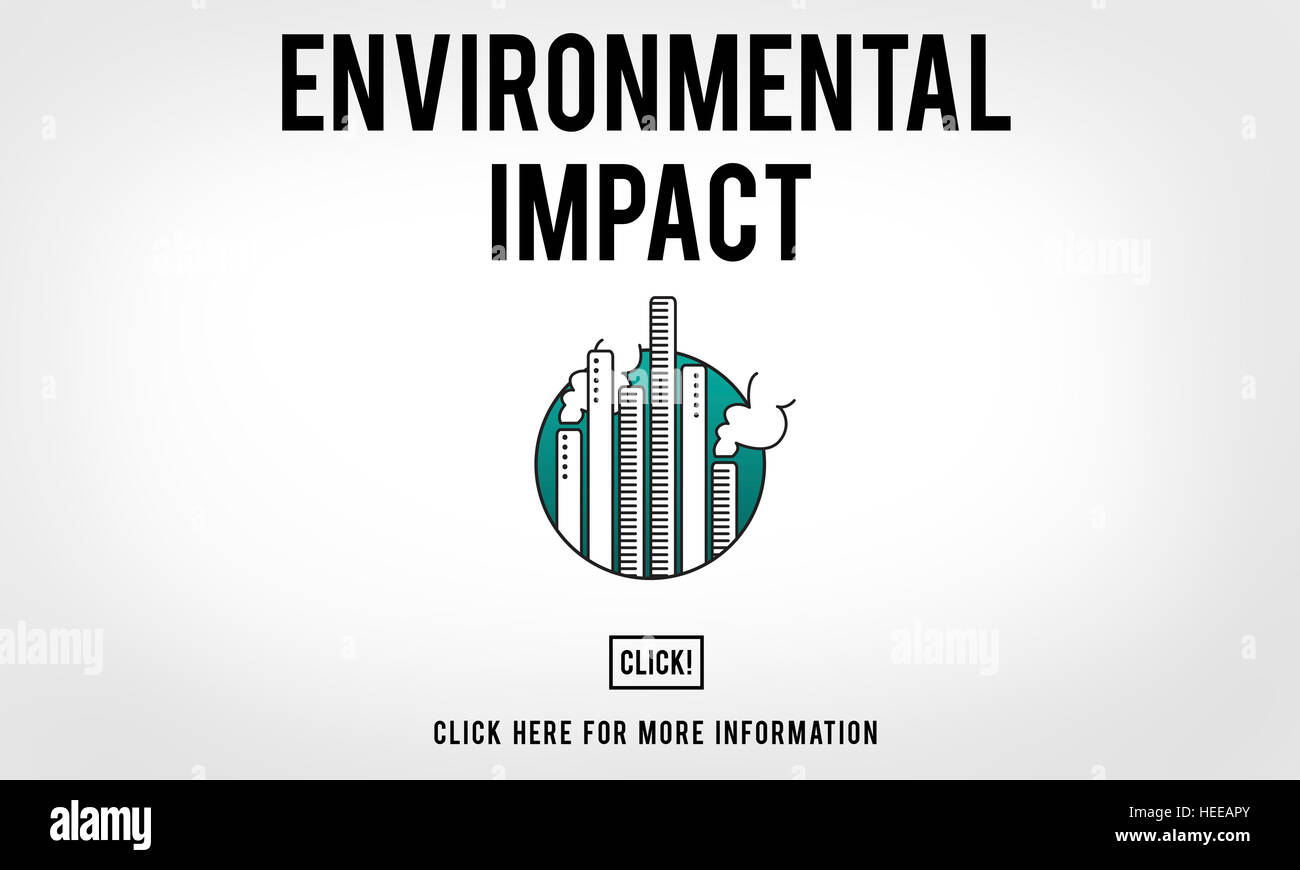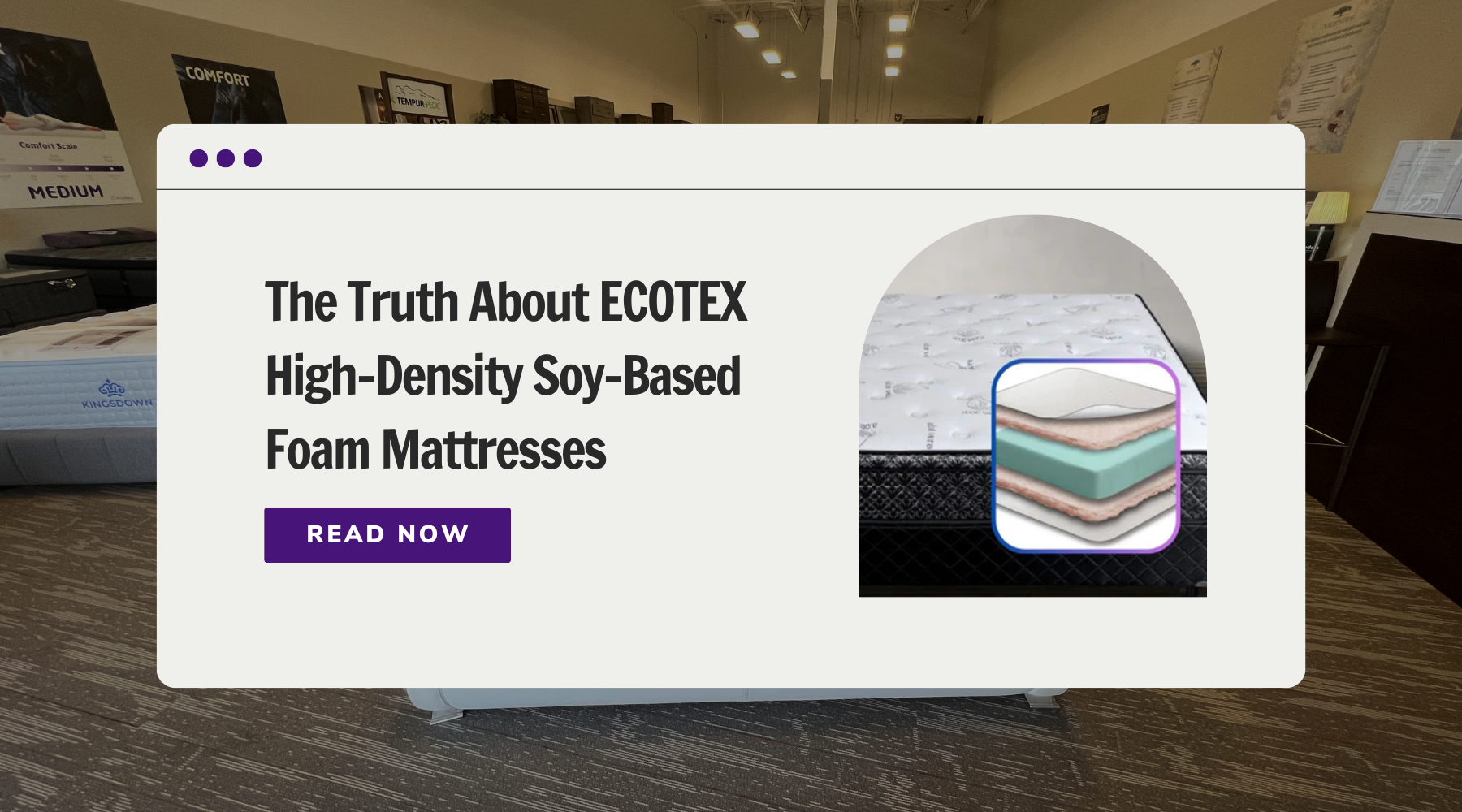When it comes to choosing a new mattress, many people are turning to soy foam mattresses as a supposedly safer and more environmentally-friendly option. But is soy foam really as non-toxic as it claims to be? Let's take a closer look at the truth about soy foam mattresses.Is Soy Foam Mattress Toxic? The Truth About Soy Foam Mattresses
The short answer is, it depends. While soy foam mattresses may be marketed as a healthier and more natural alternative to traditional memory foam mattresses, the truth is that they still contain many of the same potentially harmful chemicals. Soy foam is made from polyurethane foam, which is derived from petrochemicals and can release volatile organic compounds (VOCs) into the air. These chemicals have been linked to respiratory issues, skin irritation, and even more serious health concerns like cancer.Soy Foam Mattresses: Are They Safe and Non-Toxic?
Another common claim made by manufacturers of soy foam mattresses is that they are eco-friendly. While soy is a renewable resource, the process of turning it into foam still requires the use of harsh chemicals and energy-intensive manufacturing processes. In addition, many soy foam mattresses are still treated with flame retardants, which can be harmful to both the environment and human health. And while soy foam may break down faster in landfills than traditional foam, it still contributes to the growing problem of mattress waste.Soy Foam Mattresses: Are They Really Eco-Friendly?
So, what's the verdict on soy foam mattresses? The truth is, there are both pros and cons to consider. On the positive side, soy foam mattresses can be more affordable than other types of mattresses, and some people find them to be more comfortable and supportive. They also tend to have better breathability, which can help regulate body temperature and prevent sweating during sleep. However, the potential health risks and environmental impact of soy foam should not be ignored. And some people may still experience off-gassing and chemical odors from their soy foam mattress, despite claims of being non-toxic.Soy Foam Mattresses: The Good, the Bad, and the Ugly
Many people wonder if soy foam mattresses are a healthier option than traditional memory foam mattresses. The truth is, both types of mattresses have their drawbacks. While soy foam may contain fewer VOCs than traditional foam, it is still made from petrochemicals and may be treated with flame retardants. On the other hand, memory foam mattresses have been found to release higher levels of VOCs, but they are also known for their pressure-relieving and supportive qualities. Ultimately, the best choice will depend on your personal preferences and priorities.Soy Foam Mattresses vs. Memory Foam: Which is Better?
As mentioned earlier, soy foam mattresses can release VOCs and other potentially harmful chemicals into the air. This can lead to health issues such as respiratory irritation, headaches, and nausea. In addition, some people may be sensitive or allergic to the chemicals used in the production of soy foam, which can cause skin irritation and other symptoms. It's important to research and carefully consider the potential health risks before choosing a soy foam mattress.Understanding the Potential Health Risks of Soy Foam Mattresses
If you're looking for a truly non-toxic and eco-friendly mattress option, natural latex may be a better choice than soy foam. Latex mattresses are made from the sap of rubber trees, making them a natural and renewable resource. They are also free from harmful chemicals and have a longer lifespan than soy foam mattresses. However, natural latex mattresses can be more expensive than soy foam, so it's important to weigh the cost against the potential health and environmental benefits.How to Choose a Non-Toxic Mattress: Soy Foam vs. Natural Latex
One of the main selling points of soy foam mattresses is their supposed eco-friendliness. But how do they really stack up in terms of their environmental impact? While soy foam may be made from a renewable resource, the process of turning it into foam still requires the use of chemicals and energy. In addition, the transportation and disposal of soy foam mattresses can contribute to carbon emissions and waste. If sustainability is a top priority for you, it's important to research and consider all factors of a mattress's production and disposal before making a decision.The Environmental Impact of Soy Foam Mattresses
So, are soy foam mattresses a sustainable and healthy choice? The answer is not so clear-cut. While they may offer some benefits over traditional foam mattresses, they still come with potential health risks and environmental concerns. If you do choose to purchase a soy foam mattress, be sure to research the brand and materials used carefully. Look for certifications from third-party organizations that guarantee the mattress is non-toxic and eco-friendly.Soy Foam Mattresses: A Sustainable and Healthy Choice?
One of the biggest concerns surrounding soy foam mattresses is the use of flame retardants. These chemicals are often added to mattresses to meet federal safety standards, but they have been linked to health issues and can be harmful to the environment. While some soy foam mattresses claim to be free from flame retardants, it's important to research and verify this before making a purchase. Look for certifications or contact the manufacturer directly to ensure their claims are accurate.The Truth About Soy Foam Mattresses and Flame Retardants
Soy Foam Mattresses: A Potential Health Hazard?

The Rise of Soy Foam Mattresses
 Soy foam mattresses have become increasingly popular in recent years due to their eco-friendly and sustainable properties. Made from soybean oil, these mattresses are marketed as a natural and healthier alternative to traditional polyurethane foam mattresses. However, there has been growing concern about the potential toxicity of soy foam mattresses and their impact on our health.
Soy foam mattresses have become increasingly popular in recent years due to their eco-friendly and sustainable properties. Made from soybean oil, these mattresses are marketed as a natural and healthier alternative to traditional polyurethane foam mattresses. However, there has been growing concern about the potential toxicity of soy foam mattresses and their impact on our health.
The Toxic Truth About Soy Foam Mattresses
 While soy foam mattresses may seem like a safer and more environmentally friendly option, the truth is that they may not be as harmless as they claim to be.
Studies
have shown that soy foam mattresses contain a high level of volatile organic compounds (VOCs), which are chemicals that can
off-gas
and release harmful fumes into the air. These fumes can cause irritation to the eyes, nose, and throat, and in some cases, can lead to more serious health issues such as respiratory problems and even cancer.
While soy foam mattresses may seem like a safer and more environmentally friendly option, the truth is that they may not be as harmless as they claim to be.
Studies
have shown that soy foam mattresses contain a high level of volatile organic compounds (VOCs), which are chemicals that can
off-gas
and release harmful fumes into the air. These fumes can cause irritation to the eyes, nose, and throat, and in some cases, can lead to more serious health issues such as respiratory problems and even cancer.
Health Risks Associated with Soy Foam Mattresses
 One of the main concerns with soy foam mattresses is the presence of a chemical called
isocyanates
, which is used in the production of polyurethane foam. Isocyanates have been linked to
asthma, lung damage, and other respiratory issues
. In addition, soy foam mattresses also contain
flame retardants
, which are added to meet fire safety regulations. However, these flame retardants have been
linked to hormone disruption, developmental delays, and even cancer
.
One of the main concerns with soy foam mattresses is the presence of a chemical called
isocyanates
, which is used in the production of polyurethane foam. Isocyanates have been linked to
asthma, lung damage, and other respiratory issues
. In addition, soy foam mattresses also contain
flame retardants
, which are added to meet fire safety regulations. However, these flame retardants have been
linked to hormone disruption, developmental delays, and even cancer
.
Making Informed Choices for Your Health
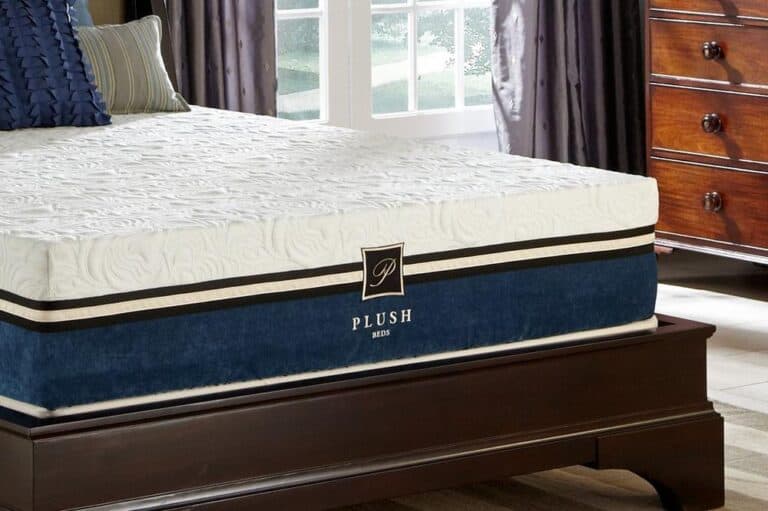 While soy foam mattresses may seem like a healthier and more environmentally friendly option, it is important to consider the potential health risks associated with them.
Opting for organic cotton or natural latex mattresses
may be a better choice for those looking for a non-toxic and sustainable bedding option. It is also important to
read labels and do research
before purchasing any mattress to ensure that it meets safety standards and does not contain harmful chemicals.
In conclusion, while soy foam mattresses may seem like a great choice for those looking for an eco-friendly and healthier option, it is important to be aware of the potential health risks associated with them. By making informed choices and doing proper research, we can create a healthier and safer environment for ourselves and our families.
While soy foam mattresses may seem like a healthier and more environmentally friendly option, it is important to consider the potential health risks associated with them.
Opting for organic cotton or natural latex mattresses
may be a better choice for those looking for a non-toxic and sustainable bedding option. It is also important to
read labels and do research
before purchasing any mattress to ensure that it meets safety standards and does not contain harmful chemicals.
In conclusion, while soy foam mattresses may seem like a great choice for those looking for an eco-friendly and healthier option, it is important to be aware of the potential health risks associated with them. By making informed choices and doing proper research, we can create a healthier and safer environment for ourselves and our families.


